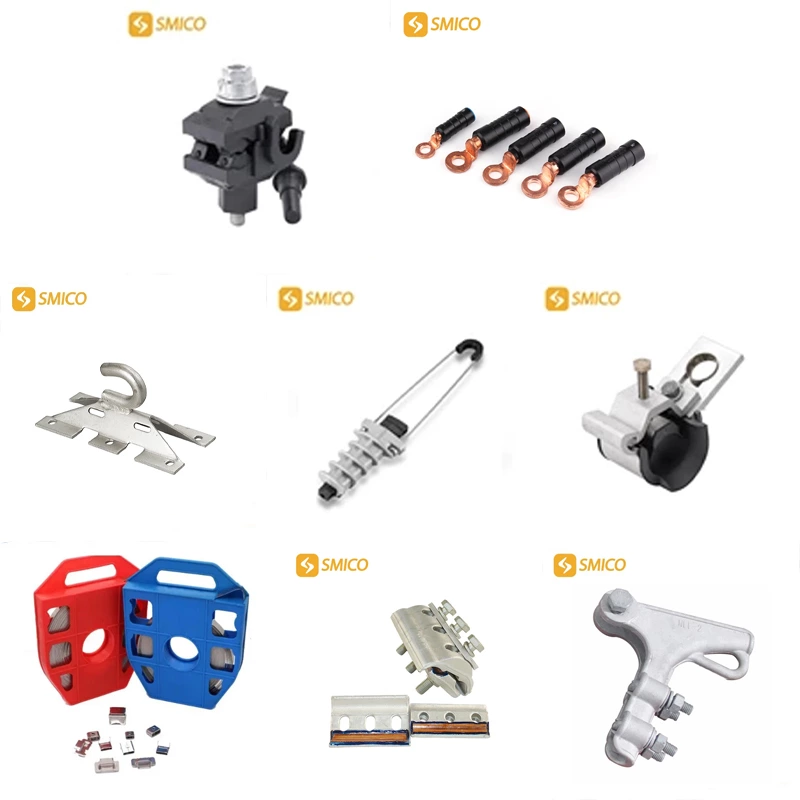How to check the quality of electrical fittings?
To check the quality of aerial electrical fitting, the following methods can be used:
Appearance inspection: Carefully observe the appearance of power line hardware to check whether there are obvious defects such as damage, deformation or cracks. Ensure that the surface treatment is uniform and there are no scratches and oxidation.
Dimension measurement: Use appropriate measuring tools to check whether the dimensions of overhead line fittings meet the design and standard requirements. Compare the measurement results with the values in the specification to ensure dimensional accuracy and consistency.
Material analysis: Analyze the materials of distribution line hardware to ensure that the materials used meet the relevant standards and requirements. Material identification can be carried out by metallographic microscopy, chemical analysis or other material testing methods.
Quality control document inspection: Check the quality control documents of overhead line connectors, including quality inspection reports, production records, test records, etc. Confirm whether the inspection and control process is carried out in accordance with the quality management system, and the records are complete and accurate.
Function test: Perform functional tests to verify whether the performance of overhead line hardware meets the requirements. According to the specific situation of overhead power line connectors, load test, voltage resistance test, grounding test, etc. can be carried out to ensure that overhead power line hardware can operate safely and reliably under actual working conditions.
Reliability assessment: Comprehensively consider the design, manufacturing process and past experience of transmission line hardware to conduct reliability assessment. Use electrical transmission line hardware fittings methods such as simulation of actual application scenarios or statistical analysis to predict the life and reliability of hardware fittings for transmission lines.
Third-party testing: Entrust an independent third-party organization to conduct testing to ensure that the test results are objective and accurate. Third-party testing organizations usually have professional equipment and qualifications and can provide authoritative quality inspection reports.
